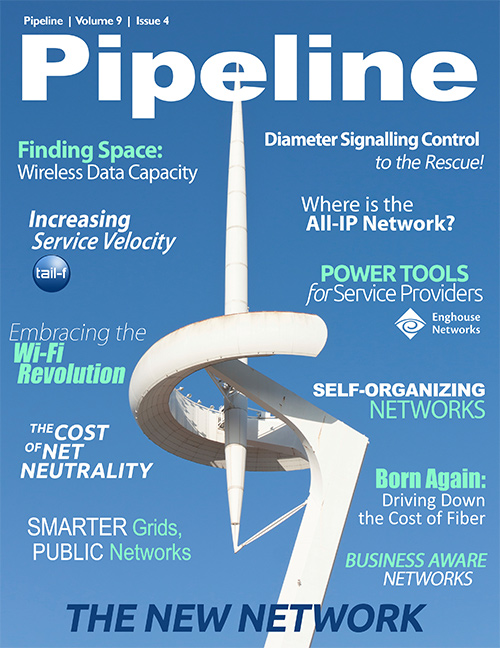Communications IT News
By: Jesse Cryderman

Industry in flux
Earning and subscriber reports from major communications service providers (CSPs), vendors, and over-the-top (OTT) challengers illustrated a highly competitive industry that is in flux. While the lead dogs in the US wireless market--Verizon, AT&T, and Sprint--all performed well in the second quarter and added new contract subscribers, smaller wireless service providers did not fare so well. MetroPCS, Cricket (Leap Wireless), and US Cellular and T-Mobile reported a decline in subscriptions. Leap Wireless, doing business as Cricket, lost 289,000 subscribers, enough to stimulate discussion of a possible buyout and some accounting discrepancies with roaming partner Sprint. US Cellular lost a record number of contract subscribers (48,000), but added about 20,000 contract-free subscribers. T-Mobile lost more than 200,000 subscribers, and MetroPCS shed nearly as many; 186,000.
In keeping with a trend we’ve witnessed quarter after quarter, Comcast and Time Warner both reported additional phone customers while bleeding video customers to telco-TV. Comcast added 158,000 new subscribers to take their phone customers total to 9.7 million, and Time Warner Cable added 45,000 subs to end the second quarter with 5 million total voice customers.
The rate of new high-speed internet subscriptions in the U.S. is slowing down, due primarily to market saturation, but still displayed some positive growth in the second quarter. With the exception of AT&T UVerse, whose numbers can be deceiving based on bundling, cable operators continued to add the largest number of new broadband internet subscribers. Comcast led the pack in both new and overall subs, adding 156,000 Internet customers in the second quarter to reach 18.7 million total. By contrast, Verizon added just 2,000 internet customers in the second quarter, the worst result it has reported for that metric in four years.
Competition continues to be fierce in the video market, but subscribers are more apt to bounce between cable, satellite, and telco-TV offerings than cut the cord completely and go over-the-top (OTT). Multi-system operators (MSOs) like Comcast and Time Warner lost about 325,000 subscribers in the second quarter of 2012, while telco-TV offerings added about 275,000 subscribers. This trend is nearly identical to what was seen last year, indicating that subscribers are being lured by offerings from Verizon and AT&T, not OTT.
"While reports of multi-channel video industry losses in the second quarter of 2012 have rekindled pronouncements of cord-cutting impacting the industry, the reality is that industry-wide losses in the traditionally weak quarter were nearly identical to losses in last year's second quarter," said Bruce Leichtman, president and principal analyst for Leichtman Research Group, Inc. "Over the past year, multi-channel video providers added about 375,000 subscribers, compared to a gain of about 210,000 over the prior year."



















